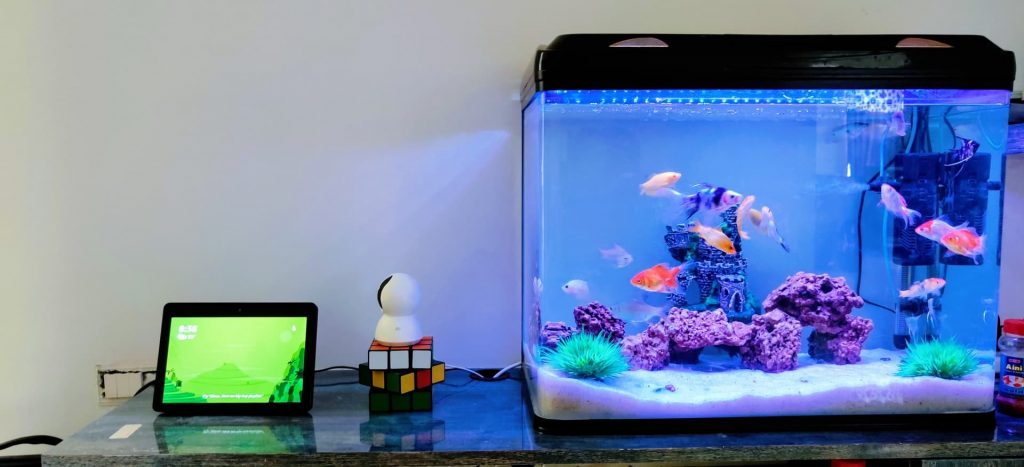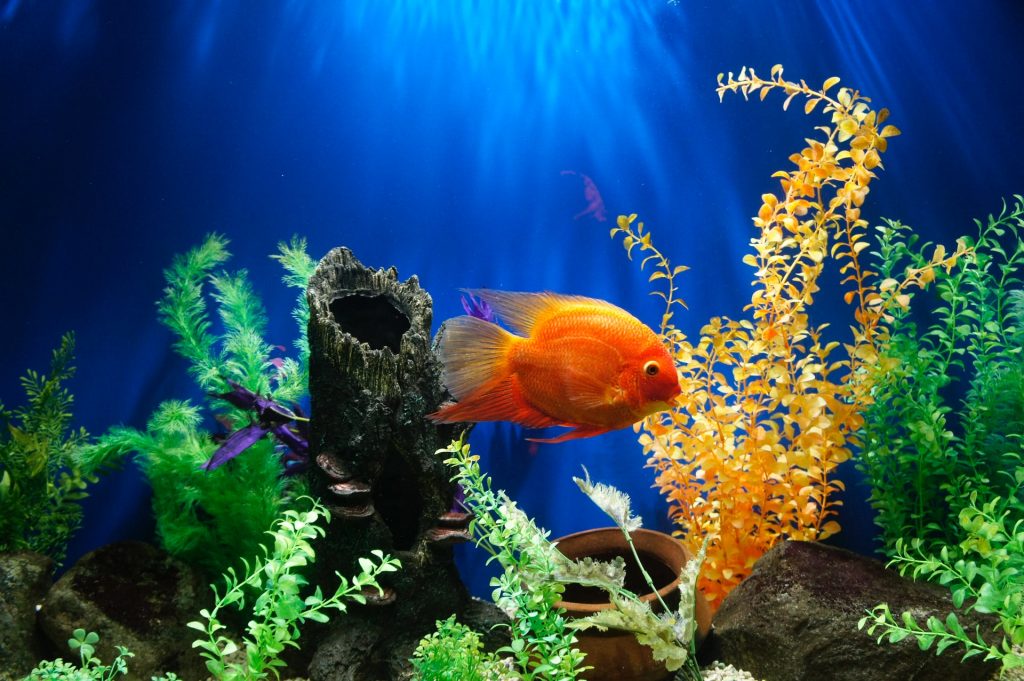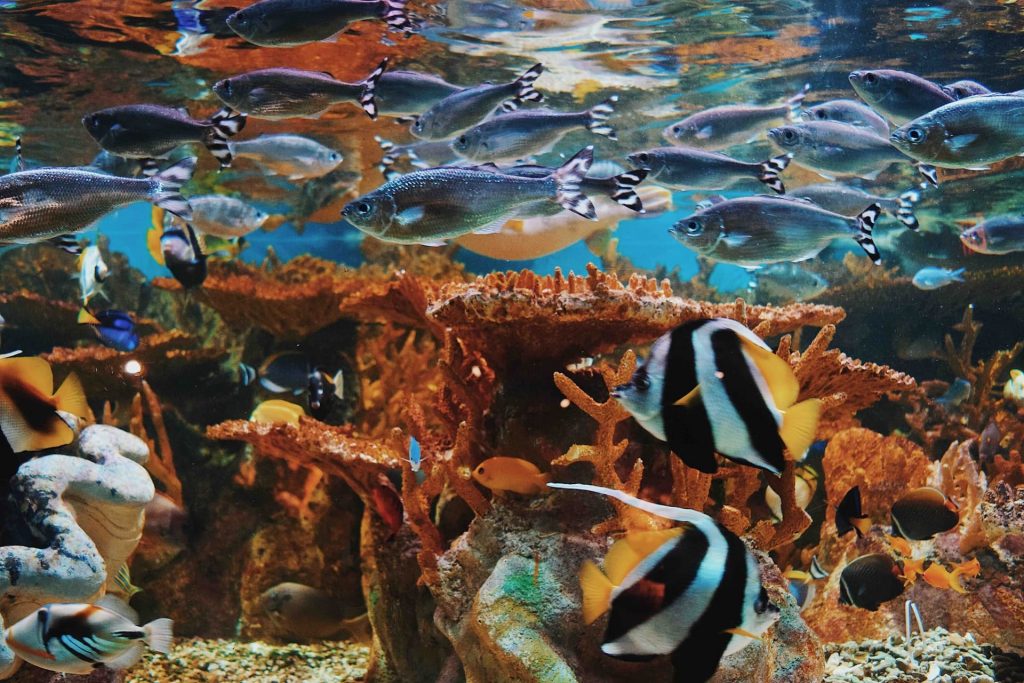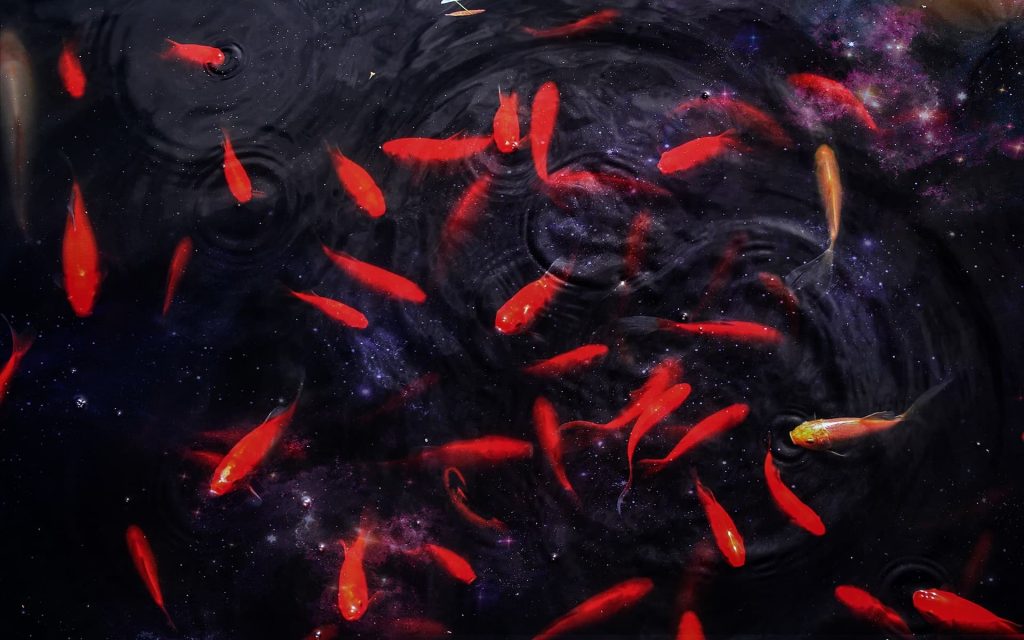Ever wondered how to start setting up a new aquarium? You have all the gears and equipment but you have no idea where to start. Here are some ideas to start with as well as a few tips once you have your aquarium ecosystem all set up.

Prepare the Location
Setting up your new aquarium on a hard and flat surface is ideal. It has to be on even ground because slanted floors can cause unnecessary stress and may even cause the aquarium to crack. Overall the chosen location must be sturdy and be able to withstand the tank’s weight filled with water. Also, do not place it near a sunny window.
Choose the Aquarium
A tank that can carry at least 20 gallons of water is recommended for beginners. Larger aquariums are more stable and easier to maintain. The higher volume of water will make the chemistry and temperature more stable in general. Remember to not change more than 25% of your aquarium water at once as this may stress the fishes and upset the natural balance.

Aquarium Filter
Choose a filter that is suited to turn over at least 3-5x the aquarium volume every hour. Be picky when it comes to choosing filters. Consider the high flow rate, the reliability & ease of use of the device.
Do a Research
Before you get too excited and start getting the fishes that will make a habitat in your new aquarium, do some solid research first and be familiar with the types of aquatic fishes. Be aware of what food they eat, what environment they can live in, and what skills you need to have to maintain them.

Fish
Be cautious of not adding too many fishes at one time, especially in a small or a newly setup aquarium. When introducing a new fish to the tank, you need to acclimatize them first. When you have the fish in the bag, carefully place the bag in the aquarium to allow the temperature to equalize. Then, add a half cup of water from the tank into the new fish bag. Wait for 15 minutes and do it again. This can be a slow process but it will help your fish acclimatize well to the new habitat.
Feeding Guide
Look for quality fish food that is appropriate for the fish you want to have. Feed them at least twice a day. You should also regularly inspect the health of the fish, and the best time to do this is during feeding. Feed them a variety of flakes, pellets, and frozen foods. Also, don’t feed them what they can’t consume in under 2 minutes. Leftover food may cause water pollution or undue stress.

Now that you know the basics of setting up your new aquarium, you can start doing the next steps. It will only take some time for you to be well acquainted with the ins and outs of home aquarium setup. Before you know it, you may well be setting up more tanks or upgrading your setup to suit your needs.






No Comments
Leave Comment